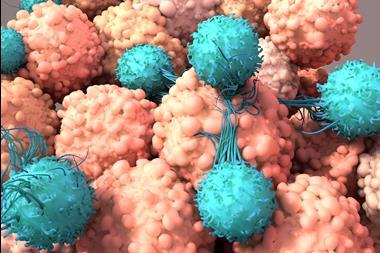The ATMP Luxturna (voretigene neparvovec) is a GTMP which utilises a recombinant adeno-associated viral vector serotype 2 (rAAV2) capsid as a delivery vehicle for the human retinal pigment epithelium 65 kDa protein (hRPE65) cDNA to the retina. Luxturna is approved for patients with retinal dystrophy associated with biallelic RPE65 mutations and is intended for surgical administration by an experienced surgeon to the subretinal space of each eye. Luxturna was first approved in the US in 2017.
The authorisation of Luxturna in the EU and US was supported by efficacy data from a Phase III multi-centre, open-label trial, in which 31 adult and paediatric (≥3 years) patients with confirmed biallelic RPE65 mutationassociated retinal dystrophy were randomised (2:1) to receive Luxturna or to a delayed-intervention control group. The primary efficacy endpoint was the patient’s bilateral performance (no eye patching) on the mobility test, as measured by a change score, one year following vector administration as compared with a patient’s baseline bilateral mobility test performance. Interestingly, the sponsor Spark Therapeutics (now Roche) developed the mobility test as an endpoint that could be considered clinically relevant (ie, mobility in low light settings). The clinical programme additionally comprised a Phase I study, a Phase II study, a natural history study and a validation study for the mobility testing assessment. Patients were treated unilaterally in the trials to prepare for bilateral administration in a commercial setting, additional clinical data were collected in patients where the second eye was treated after the first eye over a range of timepoints.
EU
Luxturna was designated[1] as an orphan medicinal product for treatment of Leber’s congenital amaurosis and treatment of retinitis pigmentosa in 2012 and 2015, respectively. The MAA for Luxturna was approved in 2018 for the indication “treatment of adult and paediatric patients with vision loss due to inherited retinal dystrophy caused by confirmed biallelic RPE65 mutations and who have sufficient viable retinal cells”. The limited clinical exposure to Luxturna in the context of clinical safety was noted, yet was understood given the rarity of the disease, safety profile observed and knowledge of the class of product and site of administration. Post-authorisation measures mandated by the EMA included a long-term efficacy and safety follow-up of trial participants who received Luxturna (15 years) and a non-interventional, post-authorisation study based on registry data in the indicated patient population. In addition, healthcare professionals must complete an education programme to ensure correct use and minimise risk during the administration procedure.
US
In contrast to the EU, Luxturna received a number of FDA designations[2] during development, including breakthrough therapy designation in 2014, orphan drug designation for the treatment of inherited retinal dystrophy due to biallelic RPE65 mutation in 2016 and rare paediatric disease designation in 2017. A rolling submission was initiated in 2016; the BLA was filed under a priority review and was approved in December 2017 for the indication “treatment of patients with confirmed biallelic RPE65 mutation-associated retinal dystrophy”. In addition to CMC post-marketing commitments, the pharmacovigilance plan comprised a long-term follow-up study of the clinical trial patients (15 years) and a voluntary patient registry, as described for the EU.
Summary
The assessment conclusions were largely aligned between the EU and US agencies, with agreement on post-marketing assessment of the long-term safety of the product and specific measures to mitigate administration risks by training pharmacists and surgical staff. Such post-authorisation safety studies are common among ATMP approvals (eg, Yescarta, Strimvelis, Holoclar, Zynteglo) to allow for continued safety monitoring, while providing patient access to vital therapies.
[1] EMA. Assessment report: Luxturna. Available at: https://www.ema. europa.eu/en/documents/assessment-report/luxturna-epar-publicassessment-report_en.pdf (accessed 4 January 2021).
[2] FDA. Luxturna: summary basis for regulatory action. Available at: https://www.fda.gov/media/110141/download (accessed 4 January 2021).































